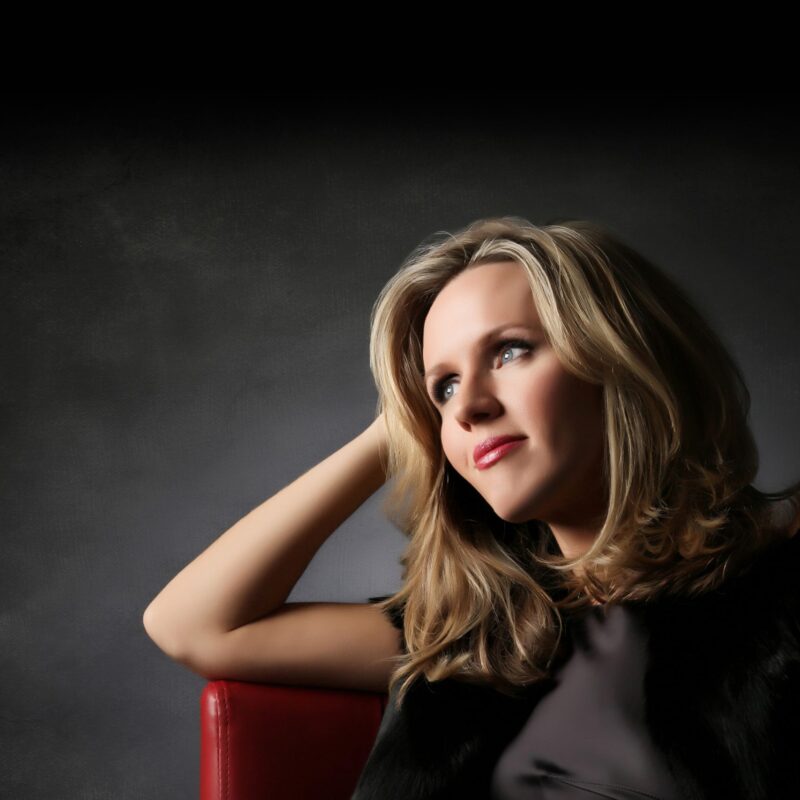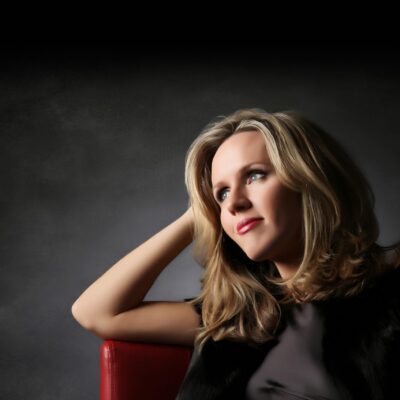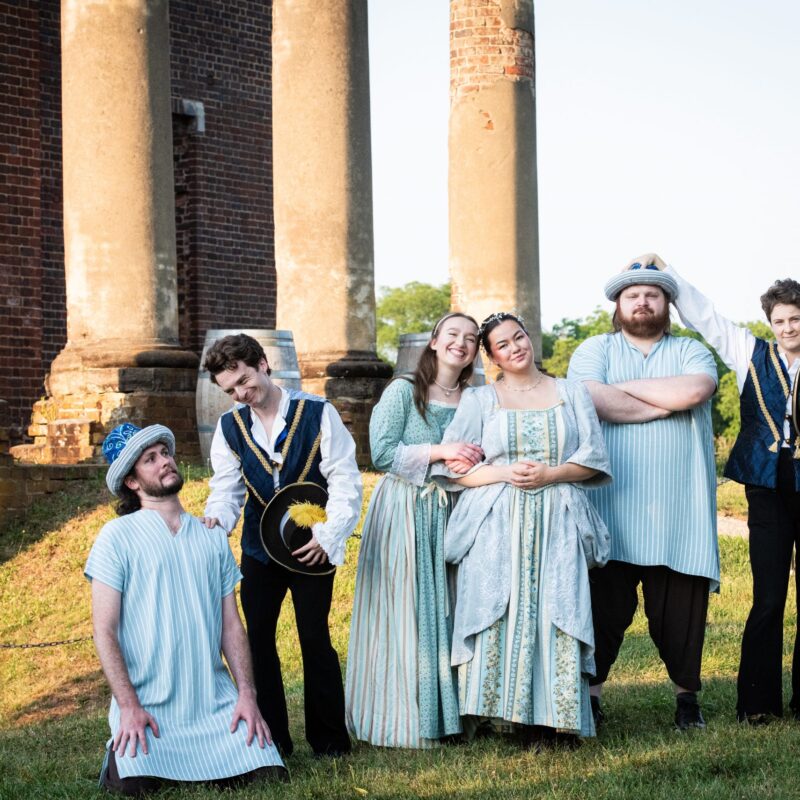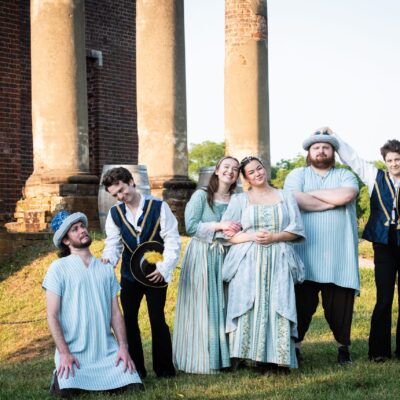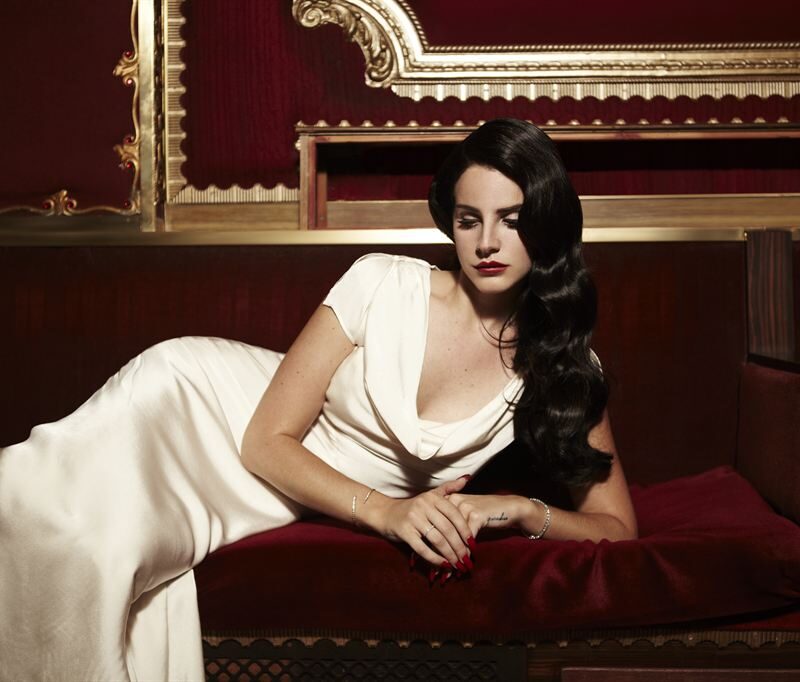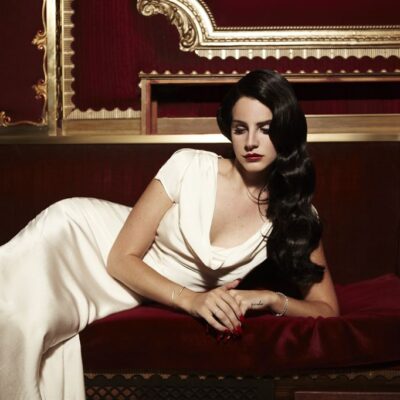The verse of Rita Dove has allowed her to traverse territorial boundaries and epochs of time, meditating on everything from the life of 18th-century violinist George Augustus Polgreen Bridgetower to Rosa Park’s 1955 protest in Montgomery, Alabama. Beyond bridging historical periods, Dove blends the musical and the poetic modes, which must have something to do with her knowledge of ballroom dance, Argentinean tango, the cello and the viola de gamba.
/RitaDove_02_AT.jpg) “I’m still utterly mystified by poetry,” says Dove, a conviction that surfaces in the vibrant musicality of her verse.
|
At 40, Dove became the youngest individual ever to be named U.S. Poet Laureate, as well as the first African-American woman to hold the position. During her career, Dove has crafted over nine books of poetry, one of which, Thomas and Beulah (1987), garnered her a Pulitzer Prize. Currently a professor of poetry at the University of Virginia, Dove recently completed editing The Penguin Anthology of Twentieth-Century American Poetry.
With its autumnal orange, minimalist cover, the anthology mixes the classroom classics with a variety of poems not often encountered in any college poetry course. Released on October 25, Dove’s selection has received high praises, with the Chicago Tribune calling the collection a “solid, respectable… book bound for the syllabuses of myriad college courses,” which “belongs on the bedside table as well as in a backpack.” Dove packed the anthology with all the familiar giants: T.S. Eliot, Wallace Stevens, Robert Frost and Marianne Moore, to name a few. But she has also taken great strides to include the lesser-anthologized talents, honoring the verse of Nathaniel Mackey and Albert Goldbarth.
Last week, Dove was at NYU for the Academy of American Poets’ Forum, where she participated in a panel entitled “Breaking the Line, Breaking the Narrative.” C-VILLE caught up with her on her drive back from New York.
Was this your first time editing a large anthology of poetry?
I did The Best American Poetry series for the year 2000. The poems for that had been published in literary magazines and not in books because they were very fresh. The difference between the Penguin and Best American Poetry was enormous because of the scope, but also because there were so many different influences on the work that was done. From women’s rights to the advent of typewriters, movies, social media; all these things made poetry more accessible and also made people more inundated with information, which also changed the way poetry and language work.
When editing the Penguin Anthology, were you surprised by any particular societal changes and their effects on verse?
I was aware of many of them. Something as simple as birth control changed poetry a lot because it freed women up, but I had been expecting that. One of the things I noticed that I hadn’t realized was the way the Beat poets influenced what they call the New York poets. Both movements were happening around the same time. They were reactions to coming out of the war and entering into this boom period of American advertising and prosperity, and everybody reacted differently. The Beat poets and the Black Mountain poets were doing their thing, breaking apart the language, and out of both came the Black Arts Movement. I had always thought of the Harlem Renaissance in a big arc leading to the Black Arts Movement. But it was really more of an organic growing out.
Do anthologies have value beyond simply gathering so many great works together?
With the Penguin, there’s a sense that we’ve put together a time capsule for the century. Some of these poems they are the ones we all learned in the classroom, but with commonly anthologized poets, I often tried to offer up another poem of theirs that mattered but that we didn’t get often in anthologies. This anthology really favors the poem as opposed to the poet. There aren’t lengthy biographies or essays in front of every one, which often can be daunting. I want the reader to just read the poems and see how these songs actually spring right out of life.
Would you rather talk about the nuts and bolts of poetry than cut right to the higher concerns?
Not necessarily. But when we talk about the nuts and bolts, inevitably we talk about the higher things as well. Poetry uses the language that we use everyday, but it uses it in a different way. Talking about the nuts and bolts is a way to get at the higher concerns.
It seems like you’re getting at a central theme of Poetry 101, that form and content are really one and the same.
Well, a lot of times younger poets think that if their poem is bad that means that what they’re trying to say is no good. As a teacher, you break down that wall between form and content and you say no, everybody has a legitimate, very personal and unique song to sing or to bear witness to. It’s just that it’s all in how you say it, so let’s work on that.
